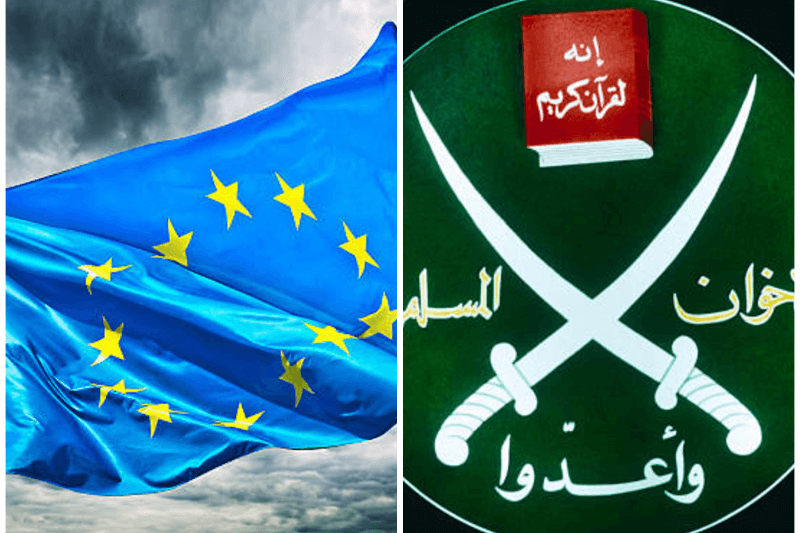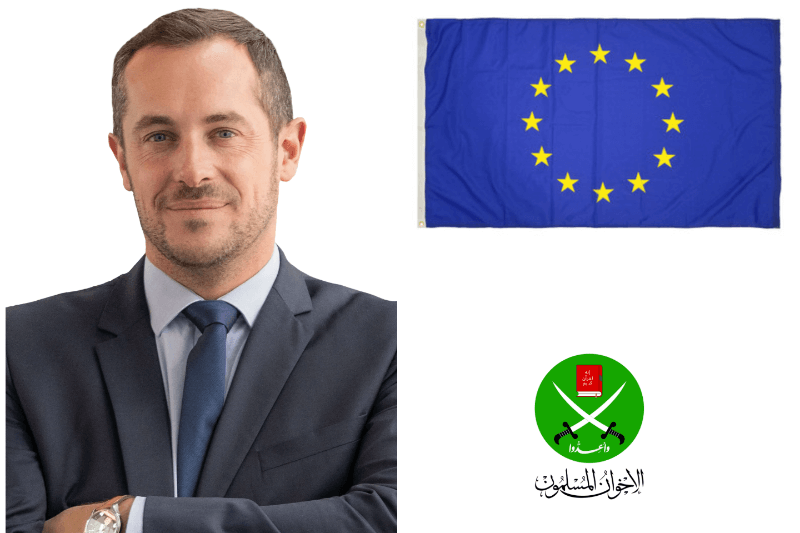
Colombia, the Covid-19 doesn’t stop the narcos
Last updated on December 7th, 2020 at 11:15 am
The narcos: The video of the Colombian anti-drug special corps, which immediately went viral in the country, brought to light the latest invention in terms of drug dealing and raised the alarm in the city of Florencia: masks containing cocaine capsules. Commander Oscar Andres Lamprea Pinzon explains after the arrest of a 56-year-old drug dealer linked to important drug cartels in the South American country.
The drug traffickers inserted cocaine eggs inside the protective face masks for COVID-19, trying to evade the controls. The restrictive and protective measures for the coronavirus, which have harmed the world’s economies, in this case, helped the traffickers. But the Colombian authorities managed to uncover the trick and arrested dozens of people. During the pandemic between January and October, the police intercepted over 200 tons of cocaine, about ten percent more than in the same period the previous year. Places of destination for the white powder recorded a similar increase, both in the U.S. ports – plus 8 percent – and in those of the Old Continent, as confirmed by the European anti-drug agency (EMCDDA) and Europol.
It’s not just the coke that is not in quarantine. The drug market at the time of Covid is expanding. And, shortly, it could grow further, warned the UNDC, the UN agency against drugs. It has already happened with the 2008 crash: the illegal economy absorbs the labor expelled from the system. The recession offers greedy recycling opportunities. This time – the United Nations warns – it could be worse given the proportions of the impending recession. The premises are not encouraging.
The narco-industry has proved skilled in adapting to the new course, finding alternative routes and strategies to circumvent restrictions on global circulation. Of course, cultivation and packaging have suffered, especially in Peru, where according to the UNDC, the price of the coca leaf fell by 46 percent due to the contraction in demand from criminal groups, unable to take it and export it due to the continent’s most rigid lockdown. In the other two “big producers” – Colombia and Bolivia -, however, the blow was more contained. The narcos everywhere have faced him by resorting to the stocks accumulated for times of crisis, as confirmed by a recent intelligence study in Bogota.
As for heroin, the pandemic threatened to blow up the harvest season (March-June) in Afghanistan, where 95 percent of opiates come. The closure of the borders with Pakistan at the end of March deprived the poppy fields of the usual labor of immigrant laborers. The inconvenience did not stop the “drug lords.” They have increased wages by a third and en masse recruited the unemployed from Covid, men and women exhausted by the increase in food prices by over 20 percent. While retail has moved to the dark web, international traffic has suffered disruptions.
The closing borders has redesigned the map of drug travels from the places of origin to those of sale, hundreds of thousands of kilometers away. The Latino narcos have strengthened the land route to supply the United States through the porous border between Colombia and Panama, which is slower but also safer.




